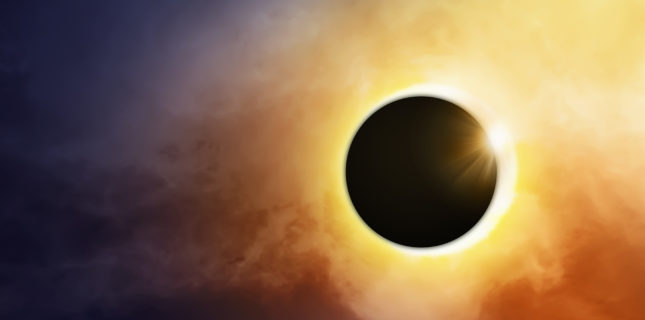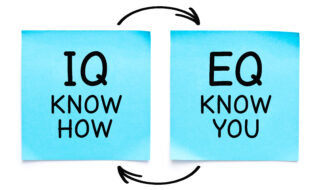
Solar Eclipse Do’s and Don’ts
August 21st is the next, and much anticipated, total solar eclipse. Include this safety information in your communications with consumers—both online and in person—to help them protect their eyes while enjoying this extraordinary event.
Tip: Use eclipse viewers that meet the international ISO 12312-2 standard for safe viewing.
DON’T
…look directly at the sun. Russell N. Van Gelder, MD, Ph.D., a clinical spokesperson for the American Academy of Ophthalmology, explains what consumers need to know. “Viewing the sun directly, even for brief periods, can cause permanent damage to the retina and result in blindness. I have patients who viewed the sun 40 years ago, who remain without central vision in their affected eyes.”
…wear ordinary sunglasses. Even super dark ones aren’t strong enough to provide protection. The same goes for polarizing filters, smoked glass, and unfiltered telescopes or magnifiers.
…use solar eclipse glasses to look through a telescope, camera, or binoculars. The sun can literally melt the filter, not to mention damage your eyes. Also, check your solar filter ahead of time, and don’t use it if it is damaged or even slightly scratched.
THE EXCEPTION
There’s a two-minute “totality,” when the moon completely blocks the sun. That’s the only time it’s safe to look at the sun. Unfortunately, for most Americans, that path will be only about 70 miles wide from Oregon to South Carolina. The rest of us will see only a partial solar eclipse.
DO
…use eclipse viewers that meet the international ISO 12312-2 standard for safe viewing. Here are four manufacturers who certify that their handheld solar viewers and eclipse glasses meet those standards: Rainbow Symphony, American Paper Optics, Thousand Oaks Optical, and TSE 17.
…view the eclipse through #14 welder’s glass. Note that it is much darker than standard welder’s glass.
…use solar filters on camera lenses, binoculars, and telescopes.
…cover your eyes with the eclipse viewers when standing still and before looking up at the sun. Never remove the filter while looking toward the sun.
…tell patients the symptoms of photokeratitis, so they know to seek help and see you promptly if, after or while viewing the eclipse, they experience: red eyes, excessive tearing, a feeling there is a foreign body in their eyes, a gritty feeling in the eyes, or extreme sensitivity to light.
To download an infographic from the American Optometric Association to share with patients in a newsletter or online, go to: https://www.aoa.org/Documents/AOA_Solar_Eclipse_Across_America_infographic_vert_Final.pdf
Have you been discussing the solar eclipse with patients? Posting info about it online is a super way to increase your social media reach. Tell us what you’re doing to educate patients about the August 21 event and share in the conversation on Facebook here.
Sources: The American Optometric Association, The American Academy of Ophthalmology, Newsweek magazine, and The American Astronomical Society.
Comments are closed.









